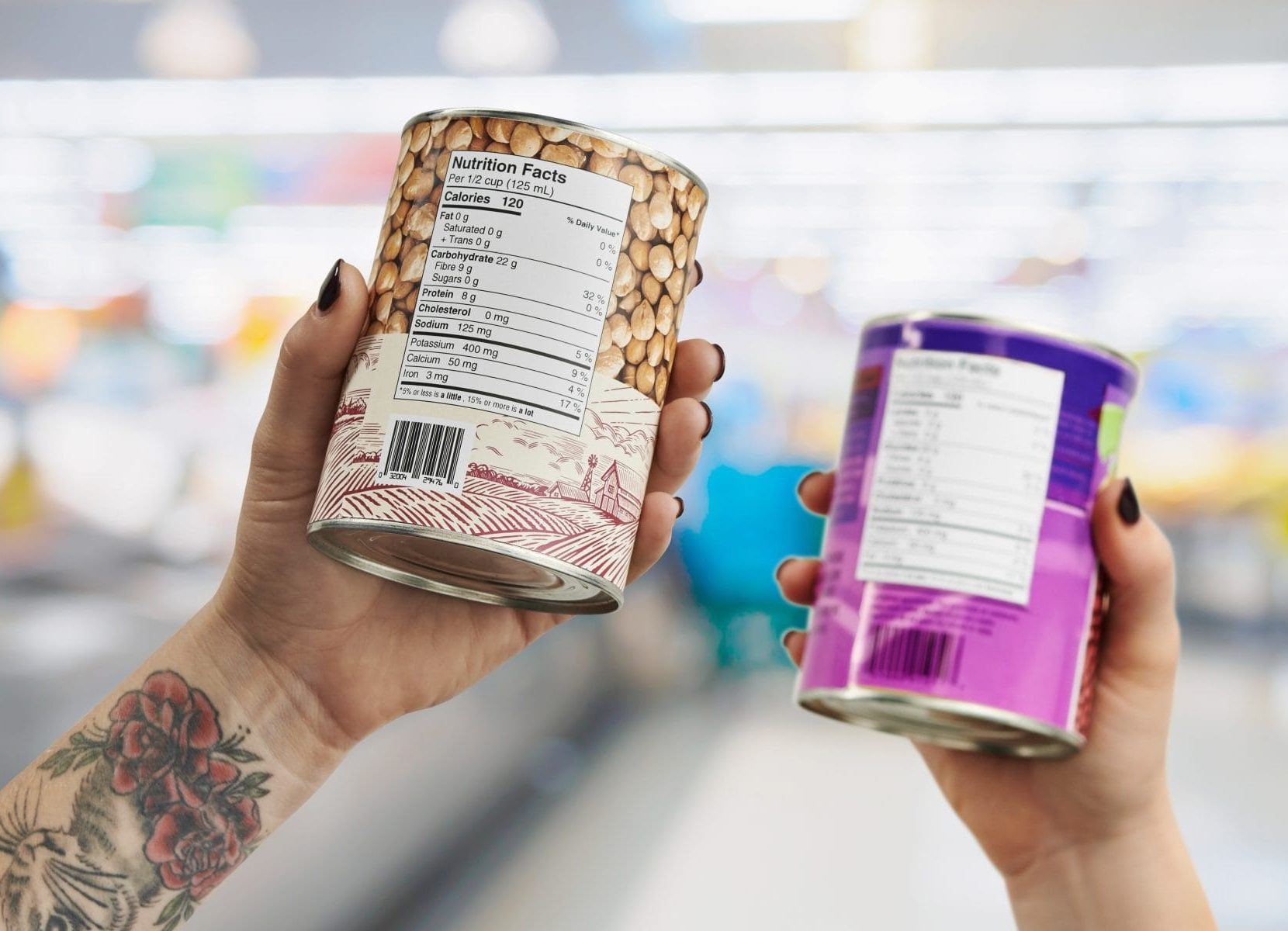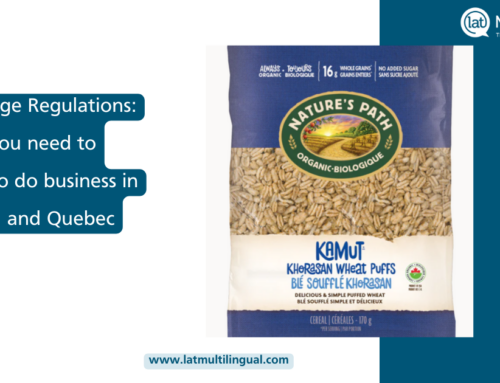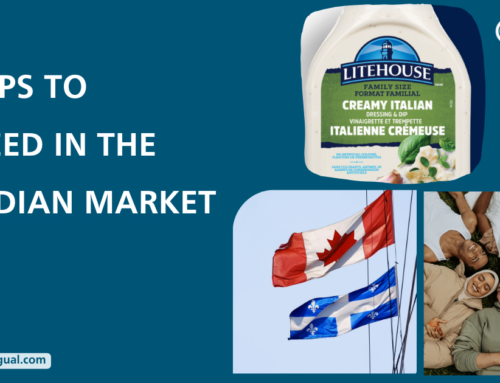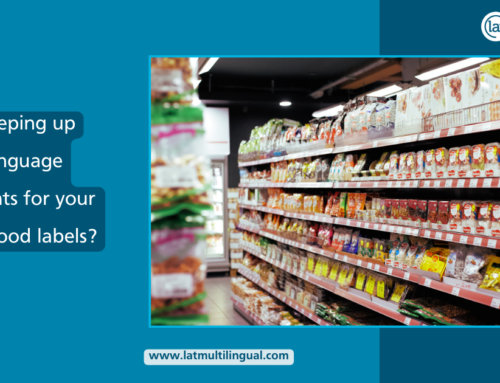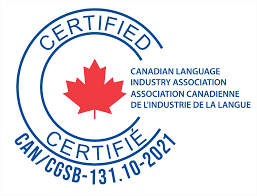In December 2016, the Government of Canada introduced a number of changes to the Food and Drug Regulations (FDR) intended to make nutrition information on food labels more useful to Canadians. The most notable amendments include new front-of-package (FOP) labelling requirements for products that contain threshold levels of certain nutrients such as sodium, saturated fats and sugars. The food and beverage industry was given until December 2021 to change labels and packaging. [Note, after the writing of this article, it was proposed that the transition period be extended to December 14, 2022; please confirm the date on the Government of Canada website]. With less than 24 months before these new rules come into place, now is the time to check your labels and packaging to ensure you are meeting all of the requirements. Here are some of the key changes to be aware of.
Changes to the Nutrition Facts Table
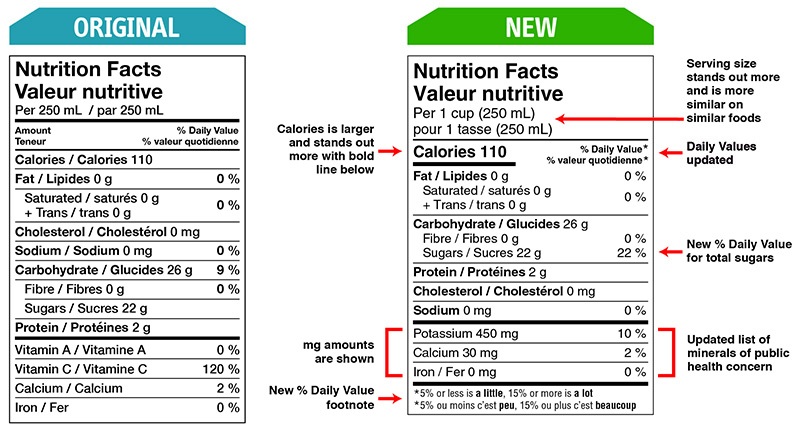
A number of changes were made to the nutrition facts table. Here are some highlights:
- Font size of serving size and calories increased and a bold line added under the calories information to make information easier to find and read
- % daily values revised based on updated science
- New % daily value for total sugars added
- List of nutrients updated to add potassium, and remove both vitamin A and vitamin C
- Amounts in milligrams (mg) added for potassium, calcium and iron
- Footnote about % daily value added at the bottom of the table to help consumers understand how much sugar and other nutrients such as sodium are in their food.
Here are some other specific items to look for:
- The titles “Ingredients” and “Contains” must be in bold. Allergens must be declared within the “Contains” element
- Words in lowercase BUT each ingredient begins with a capital letter (unless in parentheses)
- Sugars-based ingredients in brackets after the name to help consumers identify all of the sources of sugars (e.g., molasses, cane sugar syrup, agave syrup, maple syrup, honey, dextrose, etc.) added to a food
- Ingredients separated by a comma or bullet (except those in parentheses)
- Background is white or neutral
- Food colours listed by their individual common name (i.e., Allura red, not Red No. 40)
If your product is being made available in Quebec, packaging must be bilingual. To ensure your product resonates with your target market, ensure your content is localized by professional writers and translators who live and work in Quebec and can therefore advise on cultural nuances that might impact how your product is perceived. Contact us to learn more. We can also help with local marketing strategies to help ensure your product launches successfully in Canada’s diverse, multilingual marketplace.

